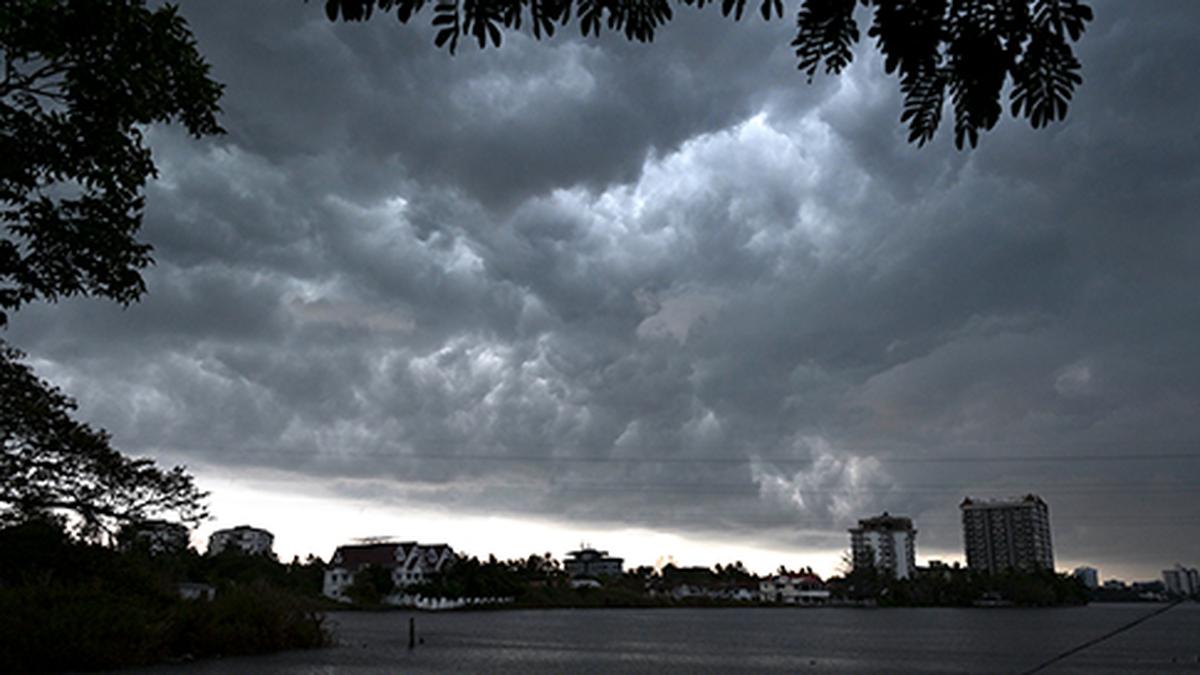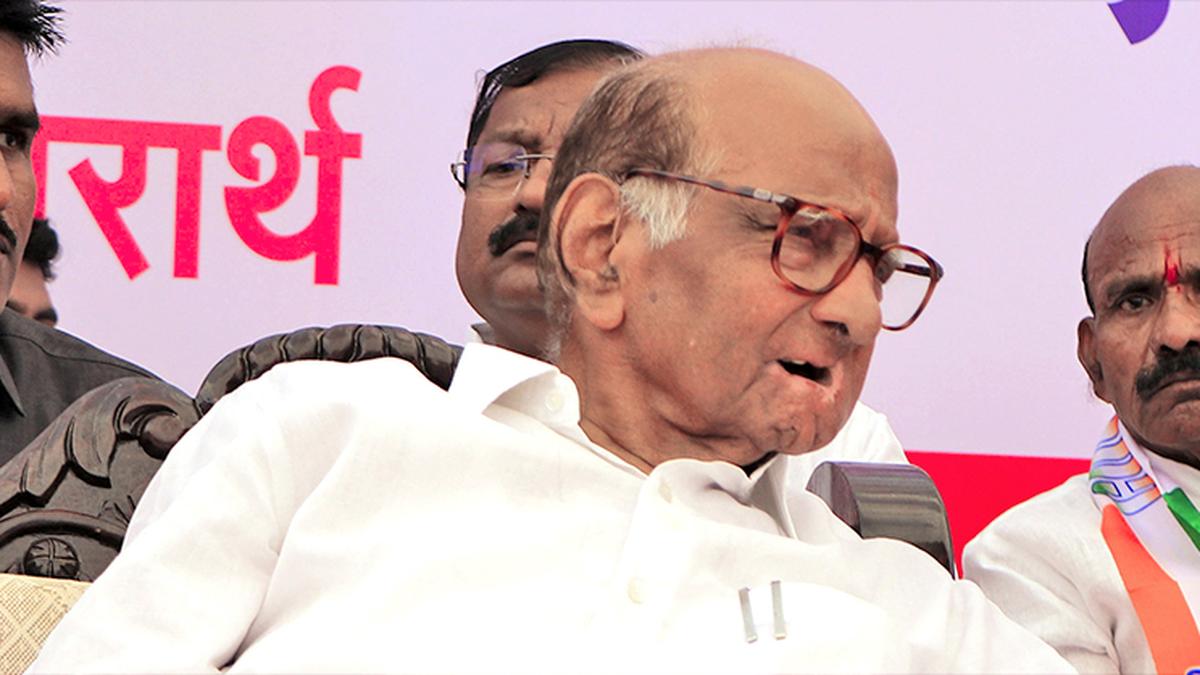From 1950-2020, the Indian Ocean had become warmer by 1.2°C and climate models expect it to heat up a further 1.7°C–3.8°C from 2020–2100. While we are familiar with heatwaves on land, “marine heatwaves”, their counterparts in the sea and linked to the rapid formation of cyclones, are expected to increase tenfold from the current average of 20 days per year to 220–250 days per year.
Mostly attributable to global warming, the tropical Indian Ocean will likely be in a “near-permanent heatwave state” and accelerate coral bleaching, seagrass destruction, and loss of kelp forests, affecting the fisheries sector adversely, said an analysis led by scientists at the Indian Institute of Tropical Meteorology (IITM), Pune.

The heating of the ocean was not merely restricted to the surface but went deeper and increased the overall “heat content” of the ocean. The heat content of the Indian Ocean, when measured from surface to a depth of 2,000 meters, is currently increasing at the rate of 4.5 zetta-joules per decade, and is predicted to increase at a rate of 16–22 zetta-joules per decade in the future. Joule is a unit of energy and one zetta-joule is equal to one billion-trillion joules (10^21). “The future increase in heat content is comparable to adding the energy equivalent of one Hiroshima atomic bomb detonation every second, all day, every day, for a decade,” said Roxy Mathew-Koll, scientist at the IITM and lead author of the study.
The study constitutes a chapter in a forthcoming publication The Indian Ocean and its role in the global climate system by Elsevier.
Rising heat content contributes to sea-level rise also. Heat causes the volume of water to increase, called the thermal expansion of water, and this is responsible for more than half of the sea-level rise in the Indian Ocean -larger than the changes arising from glacier and sea-ice melting. In what could have consequences for the monsoon, Dr. Mathew-Koll said that the Indian Ocean Dipole (IOD), characterised by the western and eastern halves of the Indian Ocean exhibiting difference in temperatures, is also likely to change. Positive phases of the dipole where the western half is warmer, tend to be favourable for the summer monsoon. “The frequency of extreme dipole events is predicted to increase by 66% whereas the frequency of moderate events is to decrease by 52% by the end of the 21st century,” he noted.
While India is in the midst of a sweltering summer with heatwaves roiling several parts of the country, the India Meteorological Department has forecast an “above-normal” monsoon for the months of June-September. A part of it is premised on a positive phase of the IOD.
“Addressing the impending challenges in the Indian Ocean demands a multifaceted approach. By reducing global carbon emissions and investing in resilient infrastructure, we can mitigate the impacts of climate change on coastal communities,” said Dr. Mathew-Koll.

 2 weeks ago
101
2 weeks ago
101



